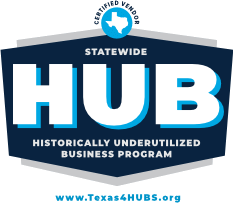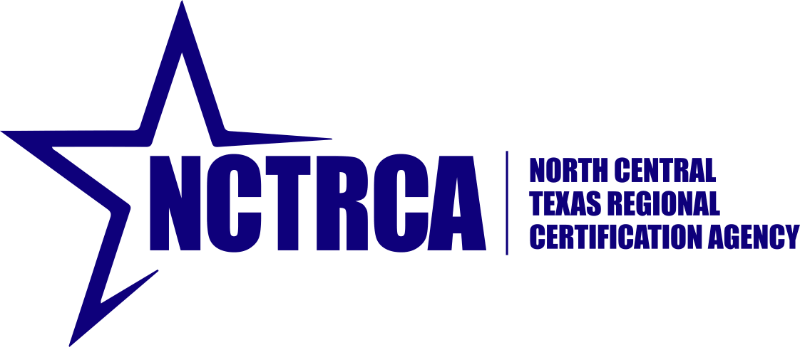Honoring the Contributors to Best Agile Articles
For several years, the Best Agile Articles publication served as a platform to recognize and amplify the voices of thought leaders in the agile community. Sponsored and operated by Tandem Coaching, the initiative brought together some of the brightest minds to share their insights and contribute to the global discourse on business agility and coaching practices. Although Tandem is no longer running the publication, its impact continues through the lasting contributions of the authors it highlighted.
This page stands as a tribute to the individuals who were recognized by Best Agile Articles for their thought-provoking work. Their contributions have enriched the agile coaching world and left a lasting impression on practitioners, teams, and organizations alike.
Why Recognize These Contributors?
By celebrating the authors featured in Best Agile Articles, we honor the incredible impact their work has had on advancing agile practices, leadership development, and team coaching. These contributions have inspired countless professionals, leaving a legacy of innovation and growth in the agile community.
Featured Contributors
The following individuals were recognized for their exceptional contributions to the field of agile coaching and business agility through Best Agile Articles:
- Cherie Silas
- Alex Kudinov
- Joe Justice
- Brandi Olson
- Marsha Acker
- Jessica Thomason
- Kurt Nielsen
- Julee Everett
- Eran Strod
- Lizet Pollen
- Sam McAfee
- Nagesh Sharma
- John Dobbin
- Yuval Yeret
- Erica J. Henson
- Erich R. Buhler
- Sonja Blignaut
- Steve Matthew
- Michael Sahota
- Daniel Zacarias
- Rohit Ratan Mani
- Jayaram Hegde
- Mackenzie Fogelson
- Ian Mitchell
- Matthew Croker
- Nirmaljeet Malhotra
- Lorena Connolly
- Lalita Chandel
- Stephanie Ockerman
- Allison Pollard
- Adam Weisbart
- Mike Mallete
- Kate Heddleston
- Sahin Guvenilir
- Chris Murman
- Erkan Kadir
- Johanna Rothman
- Zak Meziane
- Lutz Mueller
- Yi Lv
Continuing the Legacy
The authors recognized by Best Agile Articles have made significant contributions to the agile coaching and business agility community. Many of them continue to drive change and lead innovation in various industries, embodying the dynamic and ever-evolving nature of agile thought leadership.
Although Best Agile Articles is no longer active, we encourage readers to revisit these authors’ work to gain timeless insights into agile practices, leadership strategies, and effective coaching methodologies. Their ideas remain as relevant and inspiring as ever, serving as a foundation for continued learning and growth in the field.
Looking Ahead
Tandem Coaching remains dedicated to fostering thought leadership and providing resources for agile practitioners and leaders. While the Best Agile Articles publication has concluded, the spirit of innovation and excellence it embodied continues to guide our mission.




